The chemical symbol for silver, Ag, is a precious metal with a long history of application. Among all metals, silver has the highest electrical and thermal conductivity, good ductility and plasticity, easy to polish and shape, and can be alloyed with many metals. Silver also has strong corrosion resistance, resistance to organic acids and alkalis, and is not easy to be oxidized under ordinary temperature and humidity. In addition, silver is soft, ductile, and has a very high reflectivity, which can reach more than 99%. There are elemental substances in nature, but most of them exist in silver ore in the form of combined state.
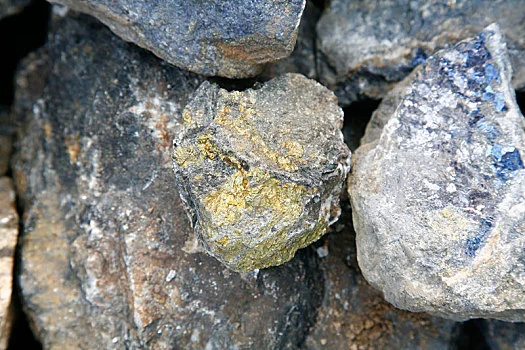
01 Classification of Silver
Silver exists in nature in the form of natural silver, sulfide, sulfur salt, etc. Among them, there are more than 60 kinds of silver minerals and silver-containing minerals with silver as the main element, which have important economic value. There are 12 kinds of main raw materials for silver production: natural silver, electrum, argentite, deep red silver ore, light red silver ore, horn silver ore, brittle silver ore, antimony silver ore, selenium silver ore, tellurium silver ore, zinc antimony argentite, sulfur antimony copper silver ore..
1 Natural Silver
Natural silver is a naturally occurring silver element mineral. Often containing gold, mercury, etc., belonging to the equiaxed crystal system, in the form of irregular granular, massive or dendritic aggregates. The fresh fracture is silver-white, and the surface is gray-black due to oxidation. With metallic luster, Mohs hardness 2.5. strong ductility, good conductor of electricity and heat, specific gravity 10.1-11.1 g/cm3.
2 Argentite
Argentite is a mineral of hydrothermal origin, which is formed above 173°C, and below this temperature, it transforms into a spiral pyrite with the same composition. It is a mineral raw material for silver refining, chemical formula Ag2S, containing Ag 87.1%, equiaxed crystal system, the crystal is cubic, octahedral, usually dense block. The color and streak are lead gray, the fresh fracture is metallic luster, the Mohs hardness is 2-2.5. the density is 7.2-7.4 g/cm3. and it has weak ductility.
3 Cerargyrite
Cerargyrite is a halide mineral composed of silver chloride, which is one of the ores from which silver is extracted. Argentite crystals are rare, cubic, pure and colorless, with white microstrips in various light shades that turn violet, purplish-brown and black when exposed to light. The crystals gather together in the form of crusts, shells or blocks. Angle silver mine is soft and can be cut with a knife. The chemical formula is AgCl, the crystal is diamond-like luster, the cryptocrystalline is wax-like luster, the hardness is 2.5. the density is 5.55 g/cm3. and it is ductile.
02 Successful Silver Processing Cases
China 5000tpd Silver Polymetallic Ore Processing Plant Project
1 Project Overview
The main gold-bearing minerals in the ore are silver-gold ore, and the silver-bearing minerals are silver ore, natural silver, sulfur-arsenic-copper-silver ore and silver-gold ore. Metal minerals are mainly pyrite, sphalerite and galena, a small amount of chalcopyrite, chalcocite and arsenopyrite. Metal oxides mainly include magnetite, hematite, siderite, chromite, hard manganese, etc., the content is not high, only magnetite, hematite content to 0.89%. Gangue minerals are mainly: quartz, feldspar, plagioclase, and a small amount of scaly mica minerals (mainly muscovite and sericite).
2 Project Plan
Two-stage continuous grinding - flotation - comprehensive concentrate regrinding - two leaching and two washing - zinc powder replacement process.
Crushing stage:
The crushing system utilizes the original four-stage incomplete closed-circuit crushing process, and the particle size of the crushed product is 12-0mm.
Grinding + flotation stage:
two-stage continuous grinding, one open-circuit roughing + roughing, two sweeping, one selection process, flotation tailings to tailings dry discharge system, rapid flotation concentrate and The flotation concentrate is combined to remove the concentrate and regrind, and the leaching zinc powder is replaced by the system.
Comprehensive concentrate dehydration and regrinding stage:
the first-stage flotation concentrate and the second-stage flotation concentrate are fed into the concentrate regrinding operation together. Considering that the flotation system and the integrated concentrate leaching system use staged return water, and the flotation integrated concentrate dehydration adopts the concentration-press filtration two-stage mechanical dehydration process. After the filter cake is slurried, the closed-circuit grinding composed of overflow ball mill and cyclone group is used for regrinding, and the grinding fineness is -0.041mm, accounting for 90%.
Comprehensive concentrate leaching, replacement and tailings dehydration stage: before leaching, the overflow of the thickener is gold and silver-containing precious liquid, the precious liquid flows to the precious liquid pool for storage, and the gold-containing precious liquid is purified and press-filtered to the solution solid suspension < 5ppm, and the filtrate flows by itself After purification, the precious liquid tank is sucked to the deoxidizer by the vacuum system for deoxidation, the zinc powder feeder is fed with zinc powder for replacement, and then replaced by the replacement filter press to finally obtain the product gold mud, which contains about 30% silver. Intermediate products, gold mud is sent to the smelting workshop for processing. After replacement, the filtrate flows to the replacement lean liquid tank for slurry mixing and washing. After washing, the dregs enter into the chamber filter press, and the filter cake enters the return water system after being washed with water.
Cyanide residue removal and flotation stage:
since the raw ore contains a part of recyclable lead and zinc, it is enriched to a certain grade after the flotation silver process, and after washing by cyanide leaching, it is enriched in the tailings, and the washed The cyanide residue contains CN-10mg/L. In order to comprehensively recover the lead and zinc in the cyanide residue, the leaching and flotation of lead and zinc is carried out. The lead selection operation adopts the flotation process of one roughing, one sweeping and three finessing, and the flotation lead concentrate is produced, and the lead tailings enter the zinc processing operation; Concentrate; Zinc beneficiation tailings and flotation silver tailings are combined into tailings dehydration operation, and discharged after fully meeting the standards. Dehydration stage of lead and zinc concentrate: the dehydration of lead concentrate and zinc concentrate adopts the second-stage mechanized dehydration operation, the first-stage concentration adopts a thickener, and the second-stage dehydration adopts a ceramic vacuum filter for filtration, and the filter cake after filtration is the final lead concentrate, zinc Concentrate products are unloaded to concentrate warehouses for sale. Tailings dehydration stage: flotation tailings are pumped to the slurry buffer tank of the tailings dry discharge workshop, and then pumped to the dehydration cyclone for dehydration and classification, and the underflow of the cyclone enters the dehydration screen for second-stage dehydration. The upper dry material contains about 20% water and is transported to the tailings pond dry stack through the belt; the underflow from the dewatering screen enters the tailings buffer tank, the overflow of the cyclone enters the thickener for concentration and dehydration, and the underflow of the thickener passes through the filter press after dehydration. After dehydration, the pressure filter tailings contain about 20% water, and the dehydrated dry tailings are transported to the tailings pond for storage by belt. The overflow water from the thickener and filter press is returned to the production backwater pool for recycling. Backwater system: The backwater system is divided into two systems, the flotation backwater reuse system and the cyanidation backwater reuse system.
3 Project Results
The grade of Ag concentrate is 972.46g/t and the total beneficiation recovery rate is 78.31% in Zone I and purchased ore. The overall recovery was 90.32%.
03 Summary
Combining the above two cases, we can learn that the appropriate beneficiation process and process must be determined in combination with the characteristics of the ore and other characteristics of the mining area. You can click the Chat button to learn more solutions.
- Random article
- Popular articles
- Popular comments
- Tin ore magnetic separation+electric separation process
- Arsenic Gold Ore Wet Chemical Pretreatment Process
- Arsenic Gold Ore Bacterial Oxidation Pretreatment Process
- Scheelite Flotation Method
- Gravity combined beneficiation process for black and white tungsten ore
- Gravity combined beneficiation process for wolframite ore
- Lead zinc ore mixing+separation flotation process



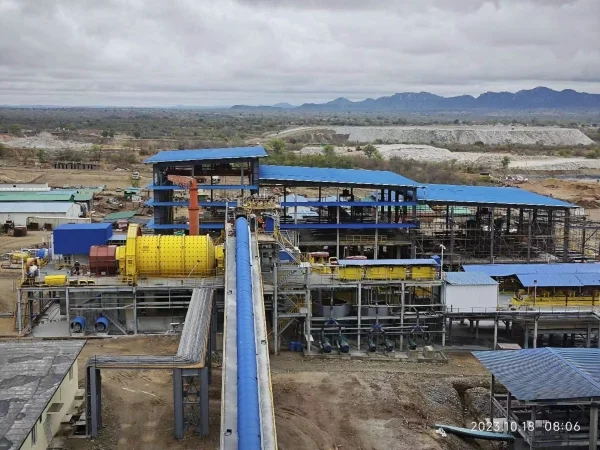


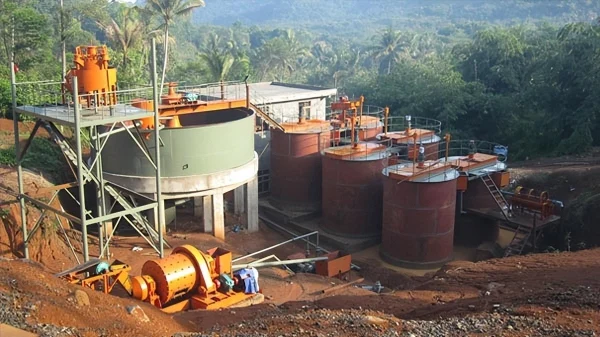
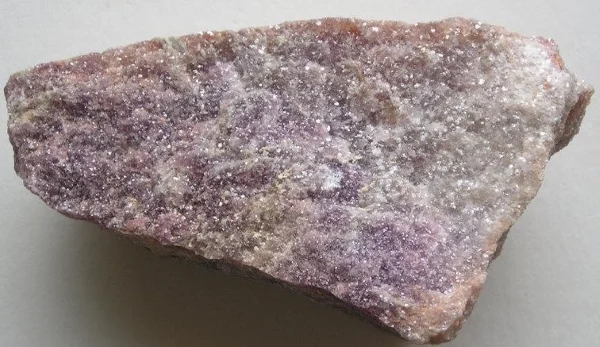

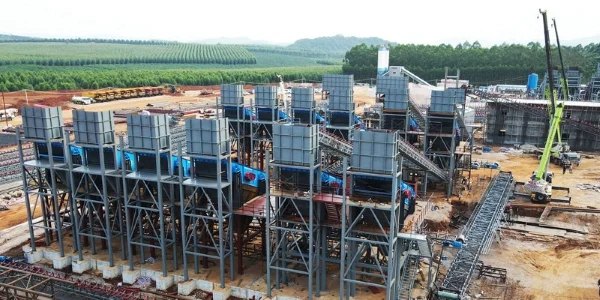
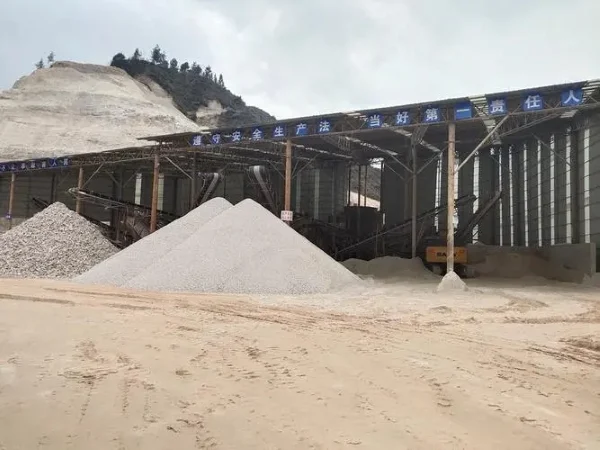




Leave a message with your needs or comments
Add comment: